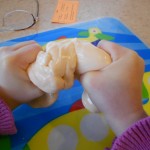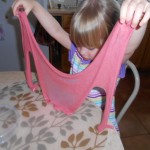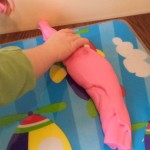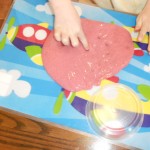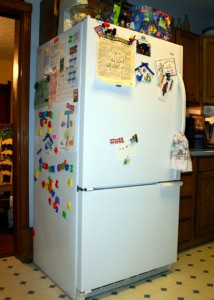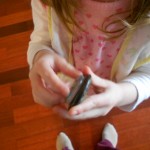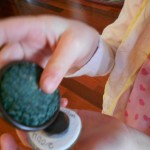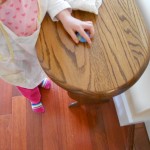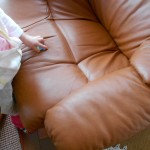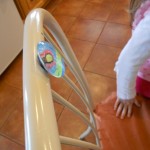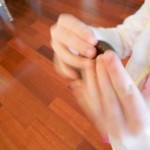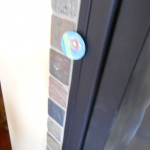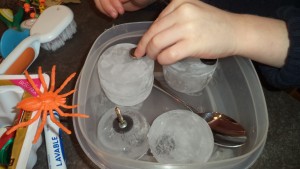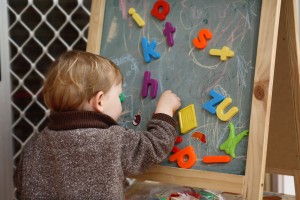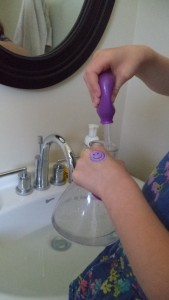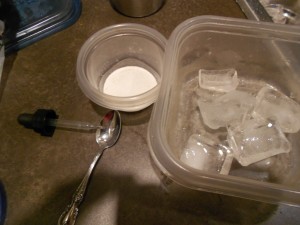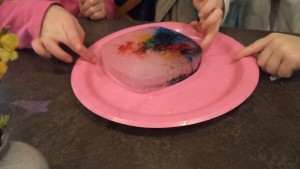Science has some magic formulas: science and slime equals fun for kids. You don’t need to be a scientist to take advantage of it, either. Parents and caregivers can mix up a batch of slime and, at the same time, mix up some exciting learning.
There are many recipes for slime available. Here’s one I’ve used several times:
To make slime, you will need 2 bowls or other containers. I used glass measuring cups. In one, 1/2 cup of warm water and 1/2 cup of white glue. Sometimes, getting the glue to mix with the water is easier than others. For some reason today, I had to use a little whip to get out the clumps. In the second, mix 1 teaspoon of borax and 1 cup of warm water. A few drops of food coloring can be added to either solution.
Now comes the fun part. Dump the glue-water solution into the borax-water solution and immediately the slime or polymer forms. Drain off the extra water and squeeze the slime all together. It looks like it will be wet and gloopy but it is like a very stretchy plastic.
Young kids won’t get the details of the chemistry but they notice how slime is very different from play dough. Slime feels cool and slippery but fingers and hands don’t get wet. Slime can be rolled up and squished but it also spreads out in a puddle or stretches really far. Fingers can poke and the holes and bumps will disappear.
We can ask children simple questions like, “What is the slime doing?” or, “Is this like your play dough?” This encourages kids to notice what is happening and make their own observations. Slime is very sensory and as kids play, they are also exploring their sense of touch. (Note: Although Borax is common and has many household uses, it can be harmful, so adult supervision is needed.)
Kids of any age can play with both science and slime. Do you remember playing with it? Has your child had fun with slime?
This month will feature lots more science fun with kids blog posts.

